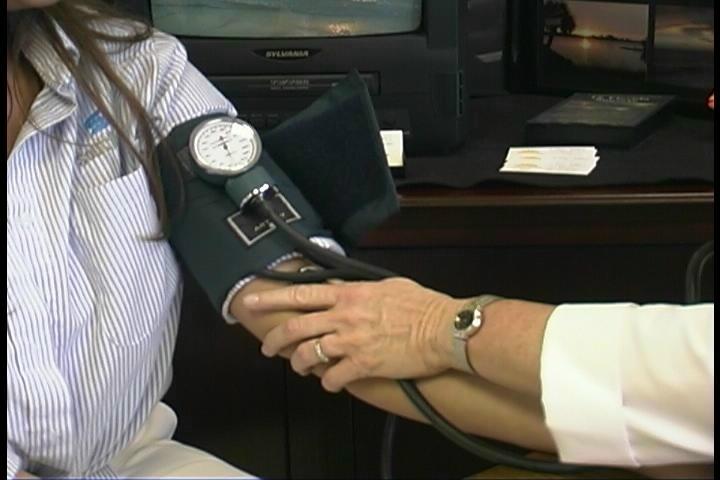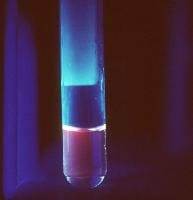--my patient had some sort of 'episode', story is unclear
--does their tongue lac tell me anything? was this a seizure?
PUBMED BIOPSY (not a ton out there):
STUDY 1: "Value of tongue biting in the diagnosis of seizures"
--study of 106 patients admitted to epilepsy unit + 45 patients with syncope
--small sample size, but interesting
--8/106 seizure patients had a tongue lac: all on the side
--1/45 syncope patients had a tongue lac: at the tip.
--sensitivity of 24% and a specificity of 99% for the diagnosis of generalized tonic-clonic seizures.
--Lateral tongue biting was 100% specific to grand mal seizures.
STUDY 2: The diagnostic value of oral lacerations and incontinence during convulsive "seizures".
--84 patients on EEG--trying to tell seizure from pseudoseizure (a.k.a. psychogenic non-epileptic seizure, or PNES)
--oral lacs: (p=0.01)
- seizure: 26% (17/66) --14 side of tongue, 1 tip of tongue, 2 cheek, 3 lip
- not a seizure: 0% (0/18)
- sensitivity 26%, specificity 100%
--Incontinence: (p = 0.09)
- seizure: 23% (15/66)
- not a seizure: 6% (1/18) --!!! (now that's commitment)
- sensitivity 23%, specificity 94%
BOTTOM LINE:
--side-of-tongue lac is near 100% specific for seizure, not very sensitive
--if the story fits, and you bit the side of your tongue and/or pissed yourself, you probably earned a seizure workup
Reference(s): tongue biting, oral lacs and incontinence, picture

















